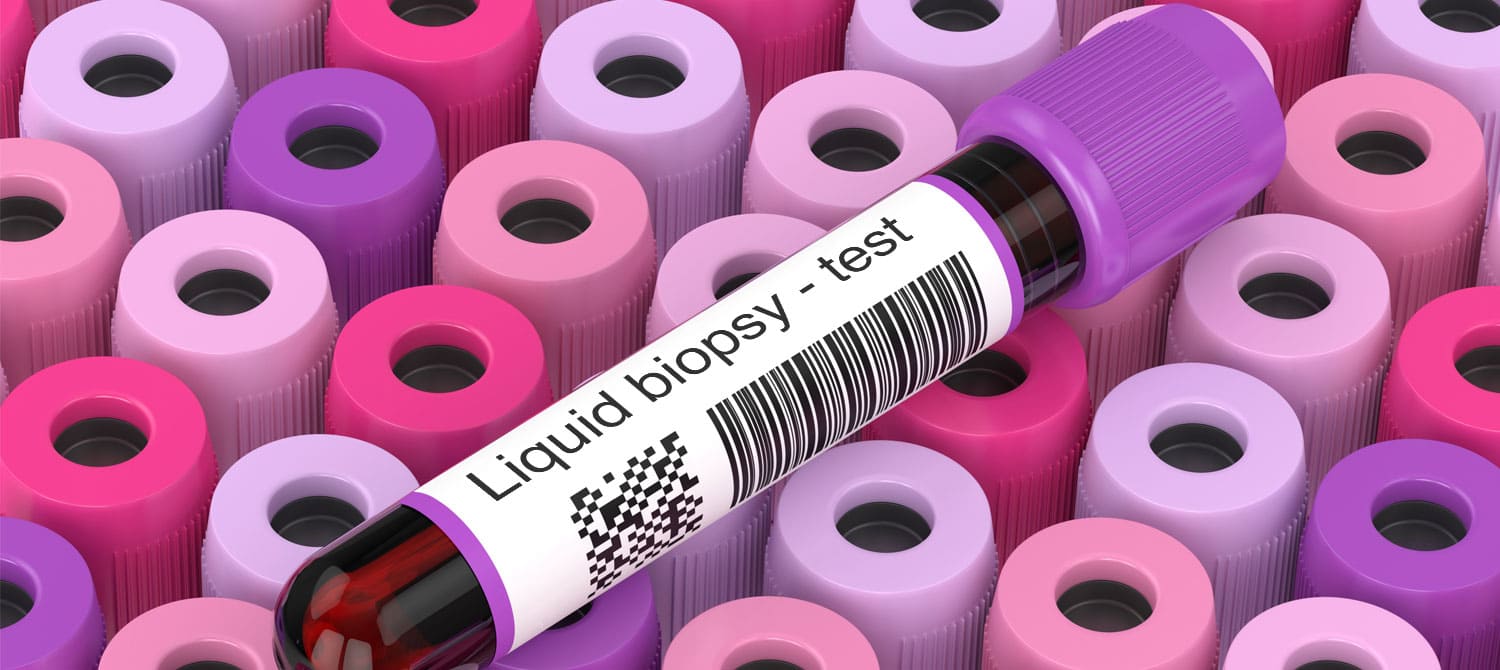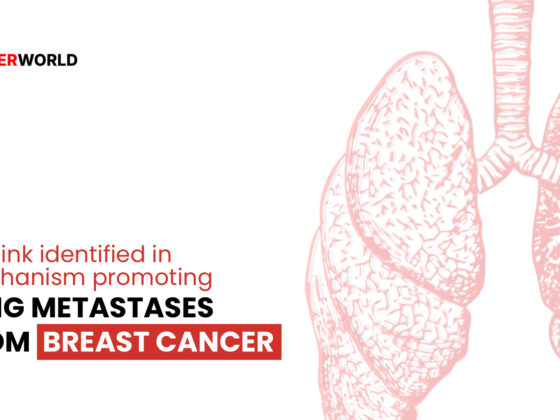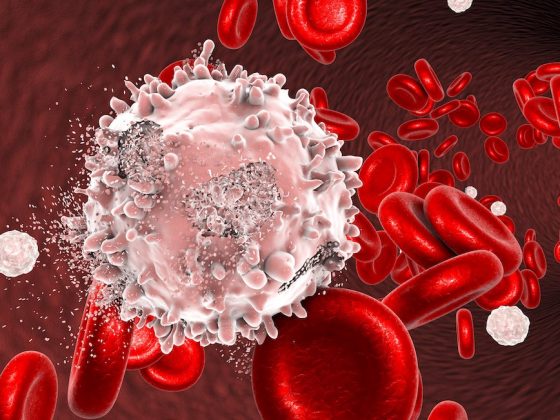In high-risk hormone receptor positive breast cancer circulating tumour DNA (ctDNA) was identified a median of one year before distant metastasis. The study, published in the Journal of Clinical Oncology (4th June, 2022), represents the first prospective investigation of plasma ctDNA analysis and clinical outcomes in late adjuvant hormone receptor positive breast cancer.
“These data suggest that there may be a period in which MRD (minimal residual disease) is detectable via ctDNA before overt, late breast cancer recurrences,” write the authors. “This will inform future studies of liquid biopsy to personalise treatment and prevent or delay late recurrence of early-stage breast cancer.”
In breast cancer the majority of patients developing distant disease do so despite undergoing curative-intent therapy. Although oestrogen receptor (ER)-negative recurrences tend to occur within five years of diagnosis, ER-positive recurrences can develop throughout a patient’s life time, with half occurring more than five years after diagnosis. In the late adjuvant setting, current clinical, pathologic, and molecular tools are insufficient to determine who is at higher risk of developing metastatic disease.
Detection of minimal residual disease (MRD) via plasma circulating tumour DNA has been associated with high risk of breast cancer recurrence, yet little is known about the implications for ctDNA in late adjuvant settings. “Accurate detection of MRD has the potential to inform whether to continue, change, or stop adjuvant therapy to maximise duration of disease-free status while minimising therapy toxicity in patients for whom optimal benefit may have already been achieved,” write the authors.
For the current study, Heather Parsons, from Dana-Farber Cancer Institute and Harvard Medical School, and colleagues studied ctDNA dynamics and outcomes in 83 patients with high risk early hormone-receptor-positive/ HER2-negative breast cancer diagnosed between 1997 and 2012. The study took place in the late adjuvant setting (defined as ≥ 5 years after diagnosis), with all patients having adequate stored tumour tissue to confirm high-risk status (T3-4, N2-3, T1-2 with at least three involved nodes, or T2N1 with high-risk tumour genomics).
Whole-exome sequencing was performed on primary tumour tissue to identify somatic mutations that the investigators used to inform a personalised, tumour-informed ctDNA test that could be used to detect MRD. Blood samples were obtained every six to 12 months at scheduled visits with tissue and blood samples analysed by personalised ctDNA RaDaR TM assays interrogating up to 48 tumour-specific variants using a liquid biopsy. The date of clinical recurrence was the date of biopsy-proven metastasis, when available, or the date of imaging confirming metastatic disease.
Results showed:
- Among the 103 patients, for 85 of them there was sufficient tumour tissue available for whole-exome sequencing and 83 (81%) had successful whole-exome sequencing.
- 10% (8 of 83) had detectable ctDNA, six of whom had a subsequent distant recurrence (including bone, liver, lung, and gastric wall) at a median 8.4 years from diagnosis.
- Two of eight MRD-positive patients were free of clinical recurrence at last follow-up.
- One patient had local recurrence in the absence of MRD detection.
“The findings… are an important step towards characterisation and incorporation of ctDNA into prospective clinical trials in this setting,” write the authors. Both patients and treating physicians, they add, were not informed of results since there is not currently an effective intervention for MRD-positive patients without scan-detectable disease. “We look forward to results of upcoming clinical trials in the late adjuvant setting that use MRD detection to guide therapy,” write the authors.
In an accompanying editorial David Cescon (University of Toronto), Kevin Kalinsky (Emory University) and Angela DeMichele (University of Philadelphia), write, “With an increasing body of evidence pointing to the possibility that MRD might identify and stratify patients’ personal recurrence risk, a new generation of prospective studies is essential to address the critical gaps in our understanding.”
Outstanding questions that need to be considered include whether clearance of ctDNA could be a surrogate for treatment effect and offer an early signal to estimate whether risk is modified on intervention, and whether patients with detectable MRD can be cured. “With multiple prospective interventional breast cancer trials now launched or launching, emerging data will help guide the development of this new potentially paradigm-shifting tool to deliver individualised curative systemic therapies,” the editorial concludes.












